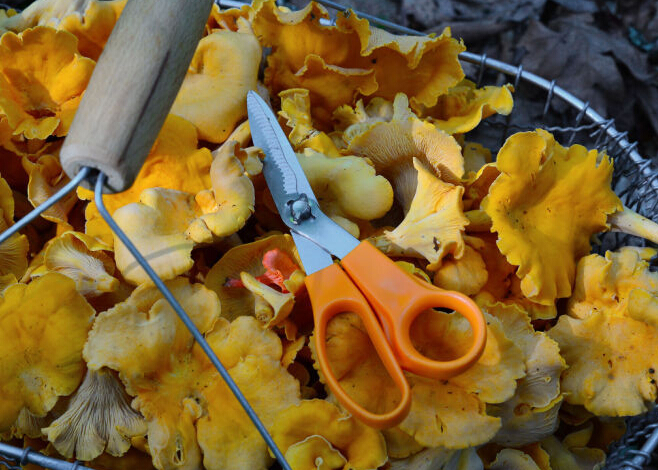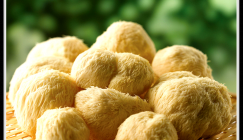
 LATEST NEWS
LATEST NEWS
The United States: Foraging for the elusive chanterelle in the woods of Calhoun County
2014-07-15 11:38:56
A culinary adventure began for three Jacksonville residents early one July morning, where a rutted, grassy trail dead-ended into a common stand of woods in Calhoun County.
When the trio stepped from the clearing of the trail into the shade of the trees’ canopies, each carried a pair of scissors, one toted an empty wire basket and another a plastic bucket. Just a few yards into the woods, they began spotting egg-yolk yellow mushrooms — just a few at first, then several outcroppings of the fungi among decaying leaf litter.
These edible golden chanterelle mushrooms grow naturally in the woods of Alabama and are sold for about $20 at local farmer's markets, and for as much as $30 a pound online. Rarely, if ever, found in grocery stores around here, the fungi can't be cultivated like corn or carrots. It can only be collected from cool, damp woodlands.
"It has been the best year for golden chanterelles," said Klaus Duncan, one of the three Jacksonville residents on the hunt. "I've never seen anything like it."
One by one, Duncan, a native of Germany, and his two companions, Carmine and Susan Di Biase, clipped the chanterelles at the stem, leaving their root systems in the ground in hopes that more will return next year.
Duncan has been foraging for chanterelles in area forests for more than three decades, but the Di Biases are new to the practice. Duncan introduced them to chanterelles about five years ago.
When eaten, the golden chanterelle has, at first, a mild flavor followed by a peppery bite and tangy aftertaste. The mushrooms can be used in dishes in the same way as common varieties, but Carmine said they are especially flavorful when sautéed in olive oil and tossed with flat-leaf parsley and bread crumbs, referencing an old Julia Child recipe.
The golden chanterelles in the forests of Calhoun County stand about three inches tall at maturity. The top of the fungus is fluted and its fragile edges flare up and become thinner at the ends, giving it the appearance of a yellow hibiscus petal.
Duncan, now in his 70s, was introduced to the practice by his grandfather in Germany, where collecting mushrooms from the woods is common. It was there he learned why the find is worth foraging for.
“You fell in love with nature, and you fell in love with the food,” Duncan said. “The mushroom world is a wonderful world.”

Source:From Anniston Star
 MOST POPULAR
MOST POPULAR
-
Korea: Hericium erinaceus is becoming a popular exotic food
2015-07-09 16:58:47 / Read more


 LATEST NEWS
LATEST NEWS

 MOST POPULAR
MOST POPULAR
